Last updated: July 1, 2021
Article
Blanket Cave National Youth Park—Activity
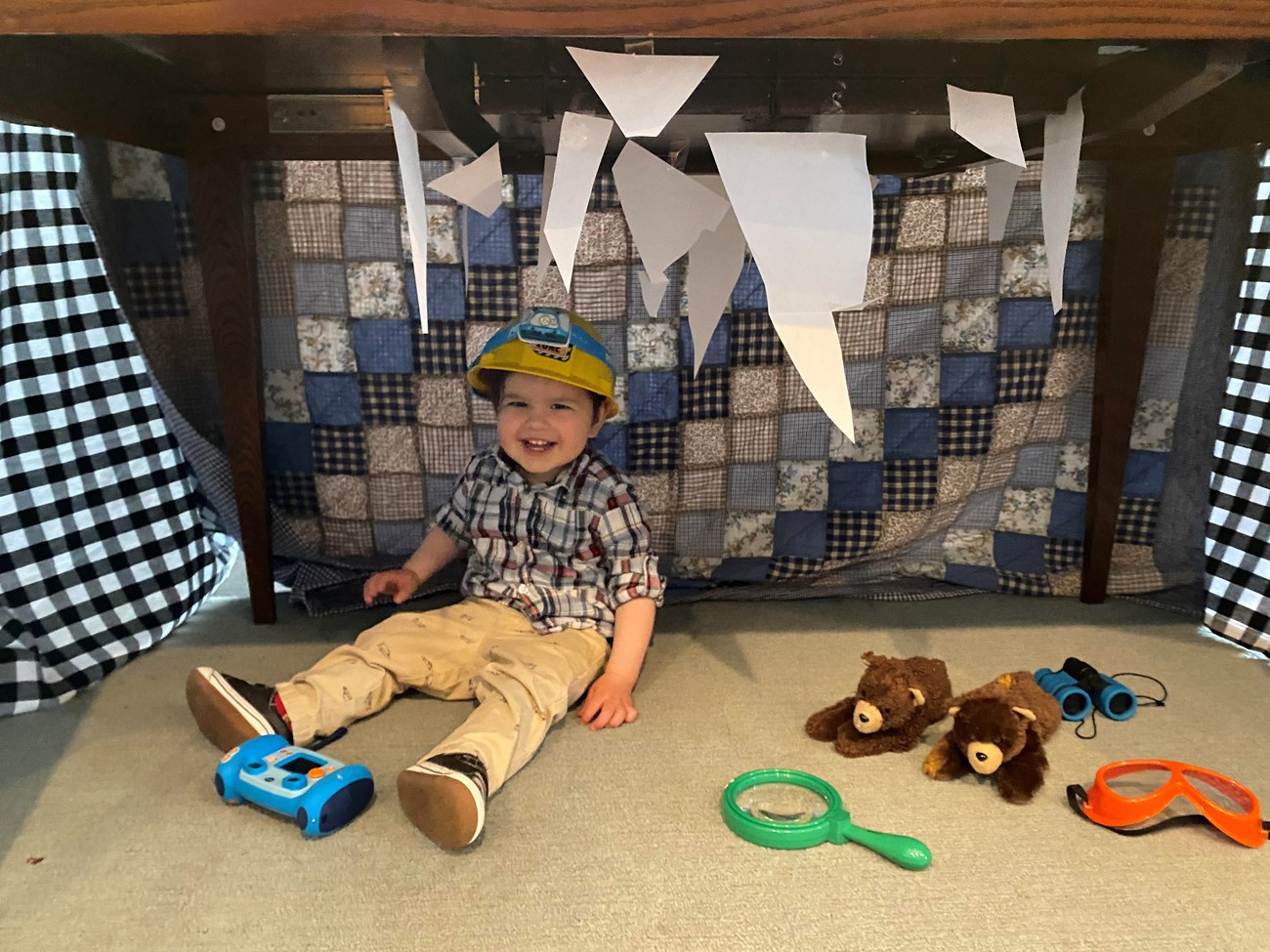
Photo courtesy of Nikki Caviness, all rights reserved.
Welcome
Caves are fun and exciting! Their unique underground environments can teach us important lessons in science and history. Caves can be used to study rocks, water sources, fossils, climate, and wildlife. There is also a rich history of people using caves for shelter that goes back thousands of years. Ancient artifacts and artwork found in some caves give us clues to the lives of ancestral peoples.
In this activity, adults and children work together to create and explore a simulated cave in your own home and participate in cave-related activities. The blanket cave activity creates opportunities to explore what caves are like—including cave formations, environments, and wildlife—and how we can enjoy and care for cave systems.
Constructing Your Cave
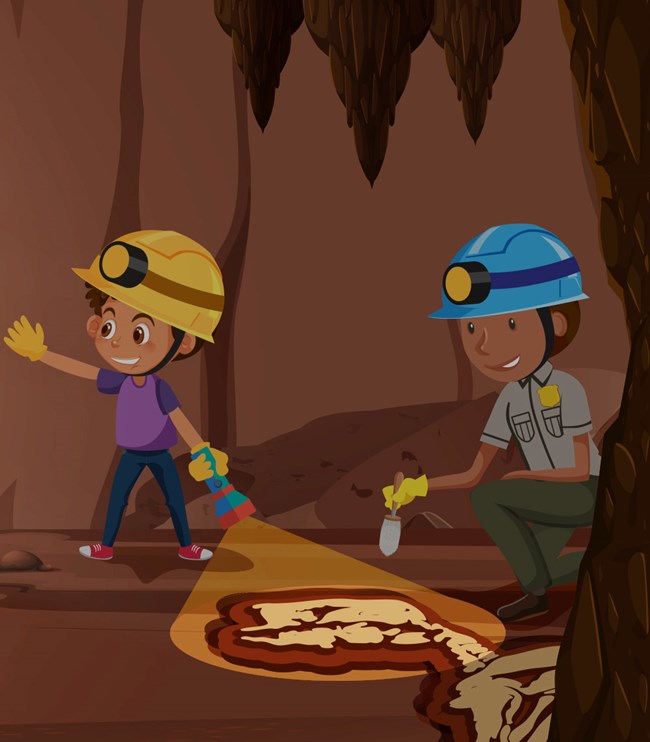
Build a cave in your home or yard using common household items.
- Framework of boxes, chairs, tables, sawhorses—anything that is strong and stable (so it won't tip over)
- Covering of sheets, blankets, bedspreads, tarps
-
Anchors of clothespins, binder clips, spring clamps
Make it safe
- Adult supervision is required
- No heavy weights overhead
- No electrical cords or appliances
- No fires, no candles, no flames
Make it Cave-like
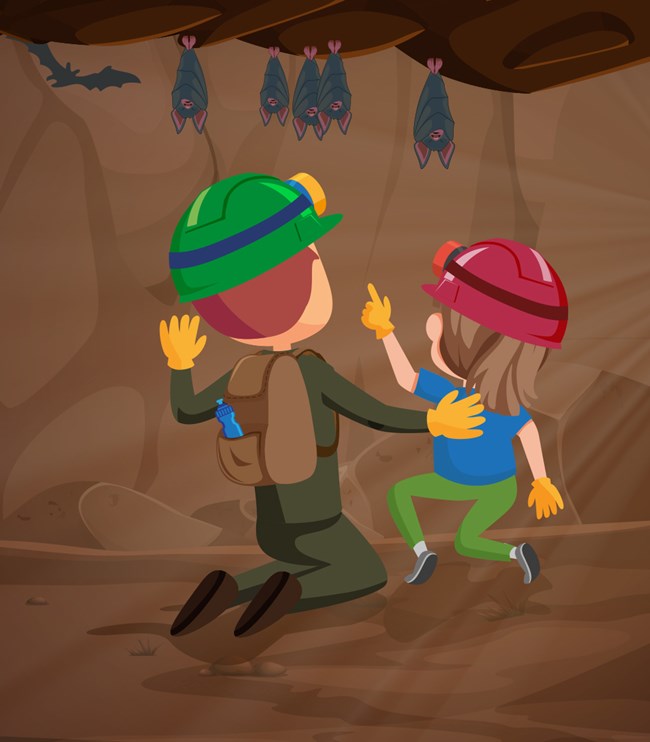
Caves have a variety of openings. You may want to have long narrow passages, large rooms or chambers, and hidden openings or dead ends. You could also have a "squeeze" with an opening just big enough to wriggle through.
Darkness
One of the really cool things about caves is how dark they are inside. It is hard to make an absolutely dark blanket cave, but fun to try. If your cave is indoors, after it is built, try closing the window shades and turning off the lights. Thicker coverings such as quilts or sleeping bags may help to block light. Another fun thing to do is go in your cave at night after darkness sets in.
Environment—Make Cave Critters to Share your Cave
Speleothems
Decorate your cave with cave formations. The drippy mineral formations in caves are called speleothems. Explore a variety of different types of speleothems using the link below—check out the cave popcorn and cave bacon! You can add speleothems to your cave using colorful towels, bandanas, paper cutouts, or drawings. It is your cave; you can have as many cave formations as you like!
Treat Your Cave Right
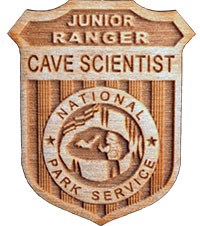
Caving Ethics
Real caves are fragile and unique areas that must be cared for by everyone. Practice cave conservation by taking good care of your cave.
- Move carefully through the cave to avoid damaging cave features.
- Respect your cave's "wildlife" and other cave visitors.
Caving Safely
To be a "real" caver, you need to be properly prepared everytime you go in a cave.
-
Cave explorers carry 3 safe sources of light (no flames, no plug-in lights). Try headlamps, flashlights, or glow sticks.
-
Consider wearing a helmet as a caver would. A bicycle helmet, hardhat, or skiing helmet could substitute for a caving helmet.
Extensions
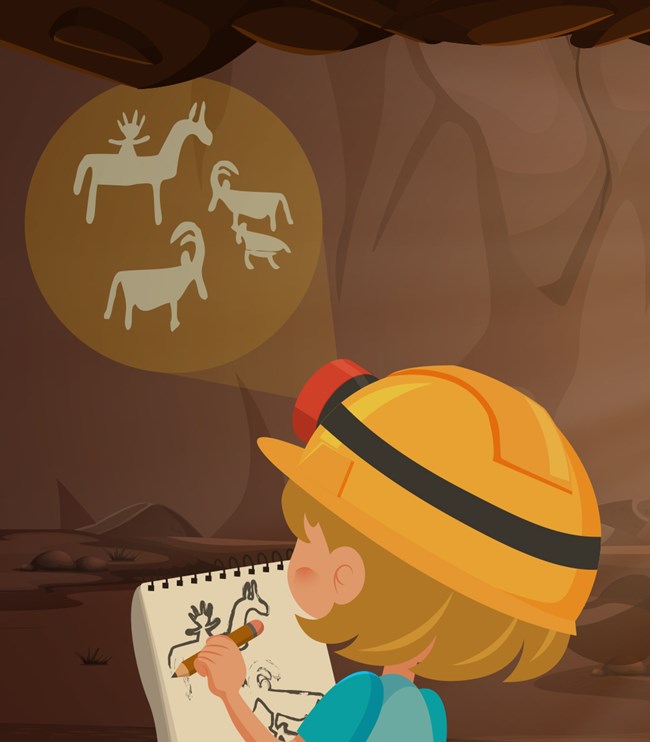
More Fun and Learning with Family and Friends
- Name your cave and create a park entrance sign to welcome visitors. For example, "Everett's Amazing Blanket Cave & National Youth Park"
- Hide and seek your cave critters.
- Be a Cave Ranger—Lead a tour of your cave. Explain how you made it to be like a real cave.
- Archaeology and Art—Learn about ancient cave drawings and create artwork to hang in your cave.
- Draw a map of your cave and include the locations and names of your special cave features.
Activities to Work on in Your Cave
- Junior Cave Scientist Activity Booklet
- Create artwork for the Cave and Karst Art Contest (Open until June 12th, 2021)
Tags
- buffalo national river
- carlsbad caverns national park
- craters of the moon national monument & preserve
- cumberland gap national historical park
- grand canyon national park
- great basin national park
- hawaiʻi volcanoes national park
- jewel cave national monument
- lava beds national monument
- mammoth cave national park
- oregon caves national monument & preserve
- ozark national scenic riverways
- russell cave national monument
- sequoia & kings canyon national parks
- timpanogos cave national monument
- wind cave national park
- games
- virtual experience
- kids
- kids activities
- juniorrangerday
- nationalparkweek
- caves
- geology
- iyck2021
